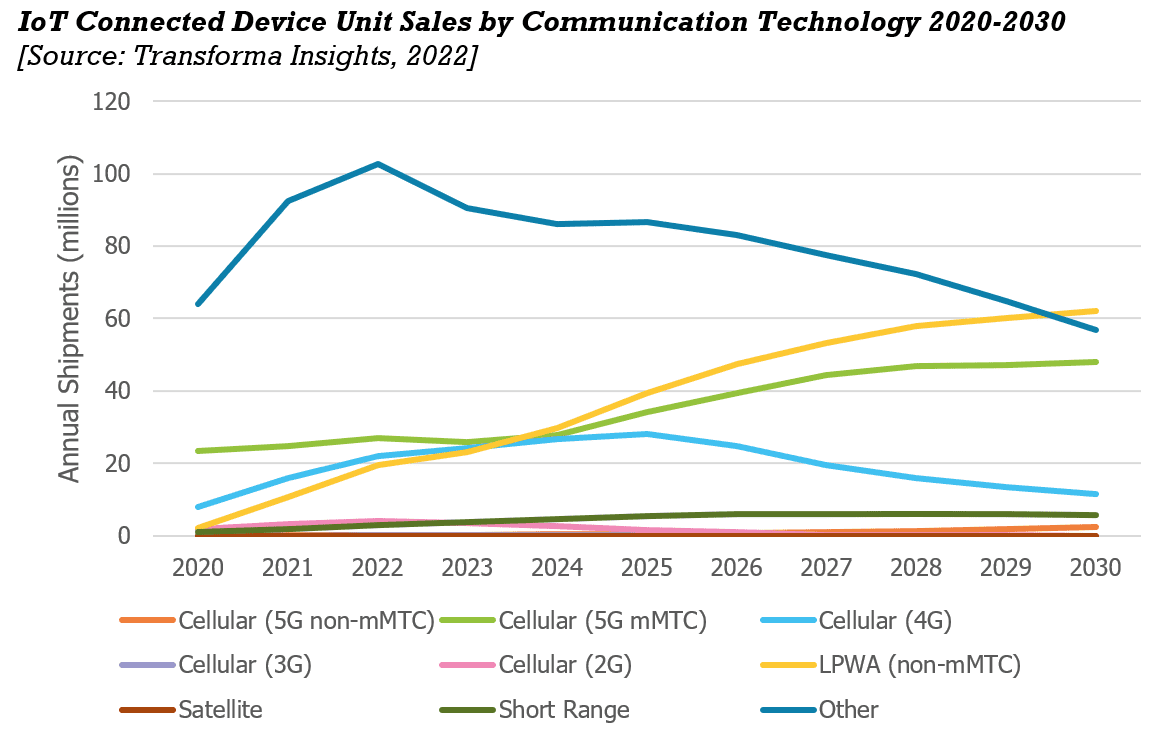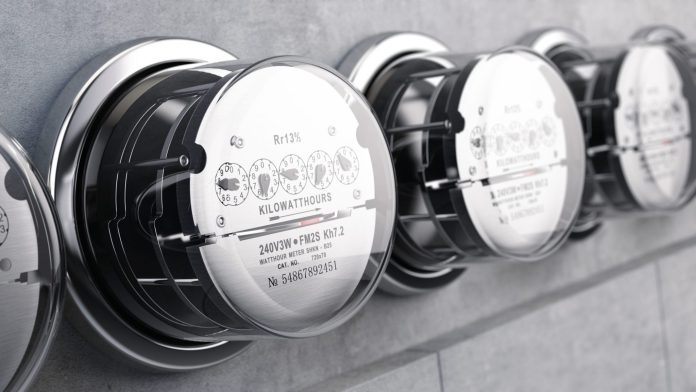The war in Ukraine is being fought through many unconventional means. One of the most prominent relates to energy supply and dependence. In 2021, about two-fifths of the gas that Europeans burned came from Russia. The war has boosted already high prices of oil and gas globally and several countries have further reduced gas imports from Russia. Under the same stance, the European Union member countries urgently plan to reduce dependence on Russian fossil fuels and switch to other renewable sources for electricity generation.
Part of this switch can happen through behavioural changes among consumers in order to reduce consumption of gas. Over the last decade or more, government and local authorities in Europe have focused on short-term behavioural changes which can lower the gas and oil demand by five percent over the next few years. This includes various fiscal measures such as reducing taxes on energy efficient heating systems, building insulation, and more efficient appliances and products.
Smart electricity meters also play a key role in conserving electricity. These meters act as an information channel between utilities and consumers. They provide feedback both to the utility provider and the user based on the amount of electricity consumed. Feedback from smart meters about energy consumption should prompt investments by consumers in more energy-efficient technologies, such as low-energy refrigerators or freezers, as well as to encourage ‘good’ behaviour, such as switching off or reprogramming appliances.
The other way to reduce energy dependence is to diversify to renewable sources. Using renewable energy sources for electricity drives the need for ‘load balancing’ as the supply is often highly variable. Load balancing is necessary to avoid using the most polluting energy sources. Nuclear power plants are often used for providing consistent base load but they are generally slow to respond to changes in demand. In contrast, dirtier forms of generation, such as coal fired power-stations (or even diesel generators) are used for generating electricity during peak times.
This will be even more pronounced if there is a shortage in relatively cleaner gas. The need to balance loads during periods of both peak and base electricity demand is a necessity that can be fulfilled through the use of smart meters. This becomes ever more important with the shift to renewables and increasing moves away from nuclear, as has been witnessed in Germany and Japan.
Another example where smart meters are useful in load balancing relates to electric-vehicle (EV) charging. Equipped with an auxiliary load control switch, meters can send on and off commands across the home area network potentially allowing the electricity supplier to schedule the time for EV charging or even to draw down the battery at peak times. This helps users avoid car charging at peak times.
To support the change and facilitate load balancing, there are a few recently announced government initiatives focused on reducing electricity usage during peak hours. For instance, smart tariffs in the UK allow consumers to save money by using energy away from peak times or when there is excess clean electricity available. In June 2022, the UK National Grid announced that it was planning to actually pay users to shift electricity to off-peak consumption. Making assessments on electricity usage during peak hours is relatively easy through smart meters, which also help users make the most efficient use of their appliances by providing real-time feedback on electricity consumption.
This week Transforma Insights published a report – ‘Electricity smart meters: government sustainability initiatives will drive 2.2 billion connections in 2030’ – which provides a summary of our view on the IoT market for smart electricity meters. This report examines the reasons for the increase in installations along with detailed assessment of the progress of rollouts and the various communication technologies used across major geographies for these meters.
In total there will be 2.2 billion electricity smart meters deployed by 2030. The transition from traditional electricity meters to smart meters is one of the biggest IoT initiatives worldwide. The total number of devices are expected to increase at a CAGR of 11 percent from 2020-2030. Greater China will be the region with the greatest number of devices throughout the forecast. The country is estimated to have 29 percent share of total connected devices in 2030. Europe is likely to have a 17 percent share by 2030 followed by North America with a share of eight percent in 2030.

The arrival of new connectivity technologies will help to accelerate rollouts, as illustrated by the fact that the dominant connectivity technologies will be LPWA non-mMTC (33 percent) and 5G mMTC (26 percent) by 2030, both relatively new technology families. By 2030, there will be a significant change in the market from the current scenario that use PLC and RF Mesh as the most common primary communication technology.
These points, and many others, are considered in depth in the report ‘Electricity Smart Meters: government sustainability initiatives will drive 2.2 billion connections in 2030’ (subscription required).

